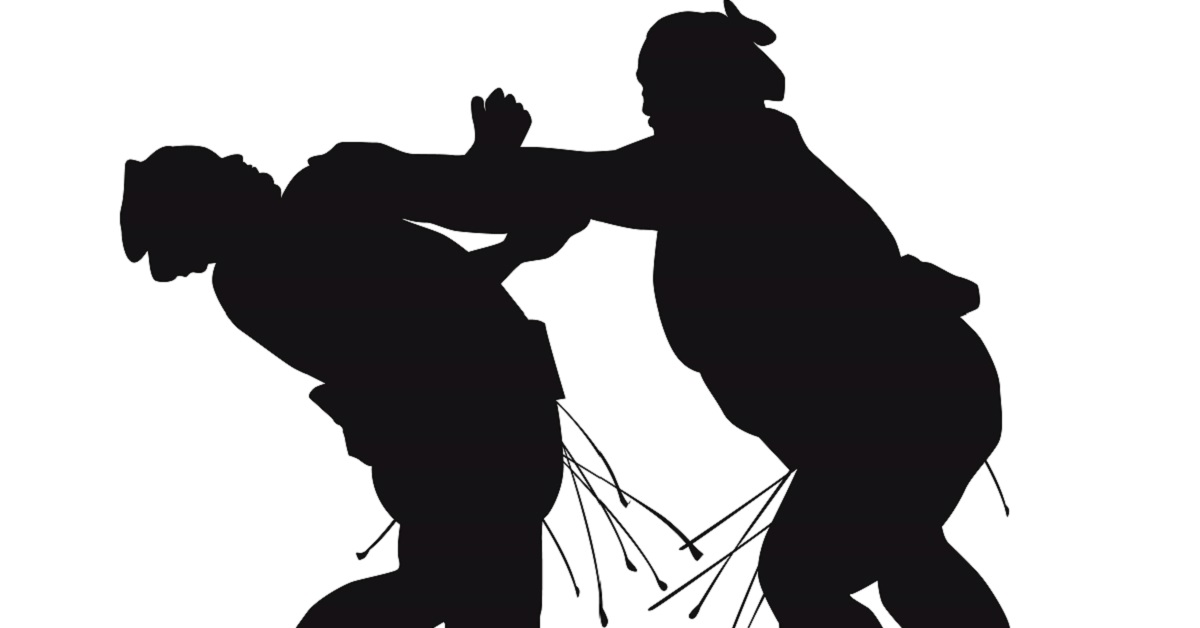In the world of professional sumo, Komusubi is one of the most demanding and prestigious ranks. Positioned just below Sekiwake and above Maegashira, it guarantees showdowns against Yokozuna and Ozeki in every tournament. For wrestlers, this is both a chance to prove their strength and a trial by fire that can define their future in the sport.
The Position and Role of Komusubi
Komusubi occupies one of the four Sanyaku ranks (Yokozuna, Ozeki, Sekiwake, Komusubi) on the banzuke. Notably, once a wrestler reaches this rank, they are guaranteed matches against Yokozuna and Ozeki. While it is fourth in order, the level of opponents faced is among the strongest in sumo. Komusubi serves as a gateway for wrestlers to challenge the top ranks and hone their skills against the very best.
Comparison Table of Sanyaku Ranks and Their Roles
| Rank | Position on Banzuke | Typical Opponents | Main Role |
|---|---|---|---|
| Yokozuna | Top | Ozeki & other Sanyaku | Competing for championships; symbol of sumo |
| Ozeki | 2nd | Yokozuna & other Sanyaku | Aiming for Yokozuna; maintaining high win rate |
| Sekiwake | 3rd | Yokozuna, Ozeki, Komusubi | Challenger for Ozeki promotion; consistent high performance |
| Komusubi | 4th | Yokozuna, Ozeki, Sekiwake | Challenging top ranks; proving ground for future promotion |
Promotion Criteria and Evaluation Standards for Komusubi
Promotion to Komusubi requires more than simply achieving winning records. Success at the top Maegashira ranks and wins against higher-ranked wrestlers are highly valued. In particular, double-digit wins at Maegashira 1 or 2 significantly increase the chance of promotion. The Japan Sumo Association also considers a wrestler’s future potential and appeal to the audience, meaning performance quality and fighting spirit matter just as much as raw results.
Examples of Promotion Criteria
| Condition | Benchmark |
|---|---|
| Record at top Maegashira | 10+ wins for strong promotion chance |
| Wins against higher ranks | Multiple wins vs. Yokozuna/Ozeki |
| Attitude & technique | Aggressive sumo and crowd appeal |
History and Famous Komusubi
The rank of Komusubi dates back to the Edo period. Some wrestlers used it as a stepping stone to Ozeki and Yokozuna, while others became long-time fixtures at the rank, earning reputations as “masters” of Komusubi. In both the Showa and Heisei eras, Komusubi have often been giant-killers, defeating Yokozuna and Ozeki to the delight of fans.
Examples of Famous Komusubi
| Wrestler | Era | Characteristics / Achievements |
|---|---|---|
| Tochiakagi | Showa | High win rate vs. top ranks; “Ozeki killer” |
| Terao | Heisei | Agile movements and resilient defense |
| Goeido | Heisei | Rose from Komusubi to Ozeki; consistent results |
Match Style and Strategy at Komusubi
In a 15-day tournament, Komusubi usually faces Yokozuna and Ozeki in the opening days. This means every match demands maximum focus and endurance from day one. The key to victory is gaining the upper hand at the initial charge (tachiai). Push-and-thrust specialists aim to drive opponents to the edge quickly, while belt wrestlers try to prevent their opponents from getting a grip and instead secure a deep inside position. Preparing second and third attack options is critical for turning the tide even if the initial plan fails.
Key Tactical Points for Komusubi
| Tactical Element | Description |
|---|---|
| Initial charge | Secure advantage immediately; avoid opponent’s preferred stance |
| Continuous attack | Keep applying pressure even if first attack fails |
| Defense & resilience | Turning the bout around at the ring’s edge |
| Pre-bout preparation | Study opponent’s habits through video & practice |
Foreign Wrestlers and the Diversity of Komusubi
In recent years, wrestlers from countries such as Mongolia, Georgia, and Bulgaria have reached Komusubi, bringing with them skills from wrestling, judo, and other martial arts. This international diversity has expanded the range of techniques seen in sumo and boosted its popularity worldwide. Achieving Komusubi is not only a matter of skill but also cultural adaptation, as foreign wrestlers must master Japanese customs and etiquette.
Komusubi Promotions by Foreign Wrestlers (Past 10 Years)
| Year | Wrestler | Country | Characteristics |
|---|---|---|---|
| 2014 | Terunofuji | Mongolia | Tall, powerful yori-kiri; later Yokozuna |
| 2019 | Kiribayama | Mongolia | Versatile technique and tactical insight |
| 2023 | Abi | Japan | Push-thrust with unexpected variations |
Impact of Komusubi Rank on a Wrestler’s Life
Reaching Komusubi affects every part of a wrestler’s routine. Since bouts are usually scheduled later in the day, diet, warm-up timing, and mental preparation must all be adjusted. As a Sanyaku wrestler, they also represent their stable at regional tours and public events. Financially, the base salary rises and prize money opportunities increase, but the pressure to maintain the rank is high — one losing tournament often means immediate demotion.
Changes in Life at Komusubi
| Aspect | Details |
|---|---|
| Match order | Late in the day; higher audience attention |
| Financial | Salary increase; more prize money opportunities |
| Social role | Symbolic representative of their stable |
| Responsibility | Maintain dignity as Sanyaku; role model for juniors |
Conclusion
Komusubi is a rank where honor and hardship coexist. Winning records here are difficult due to constant matches against the top ranks, but the experience greatly accelerates a wrestler’s growth. For spectators — especially beginners and foreign fans — Komusubi bouts offer a concentrated display of sumo’s intensity, tactics, and tradition. Understanding the position’s role, history, and demands adds a deeper appreciation to every match. Though it may be a stepping stone, the brilliance of each tournament at Komusubi can be as memorable as a Yokozuna’s reign.





コメント